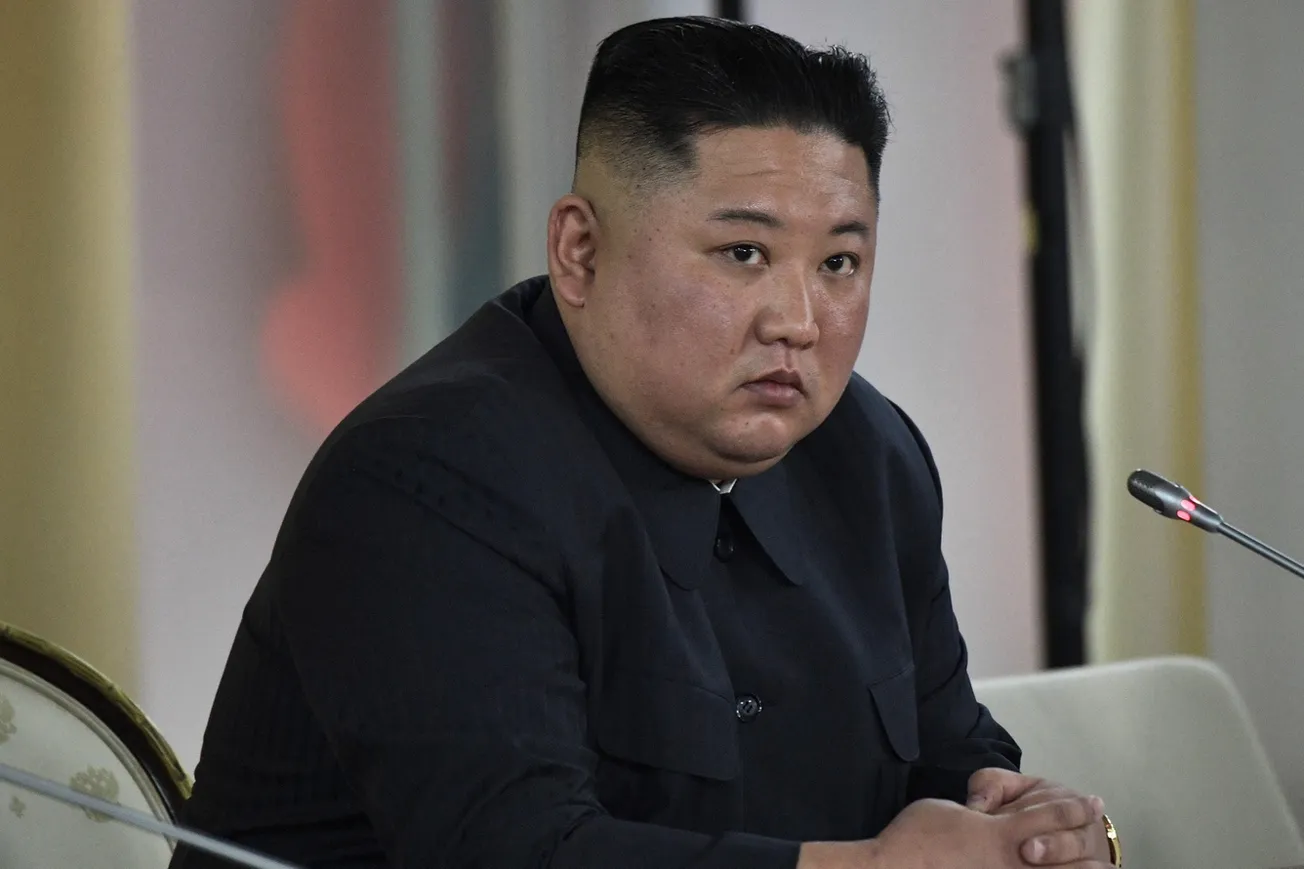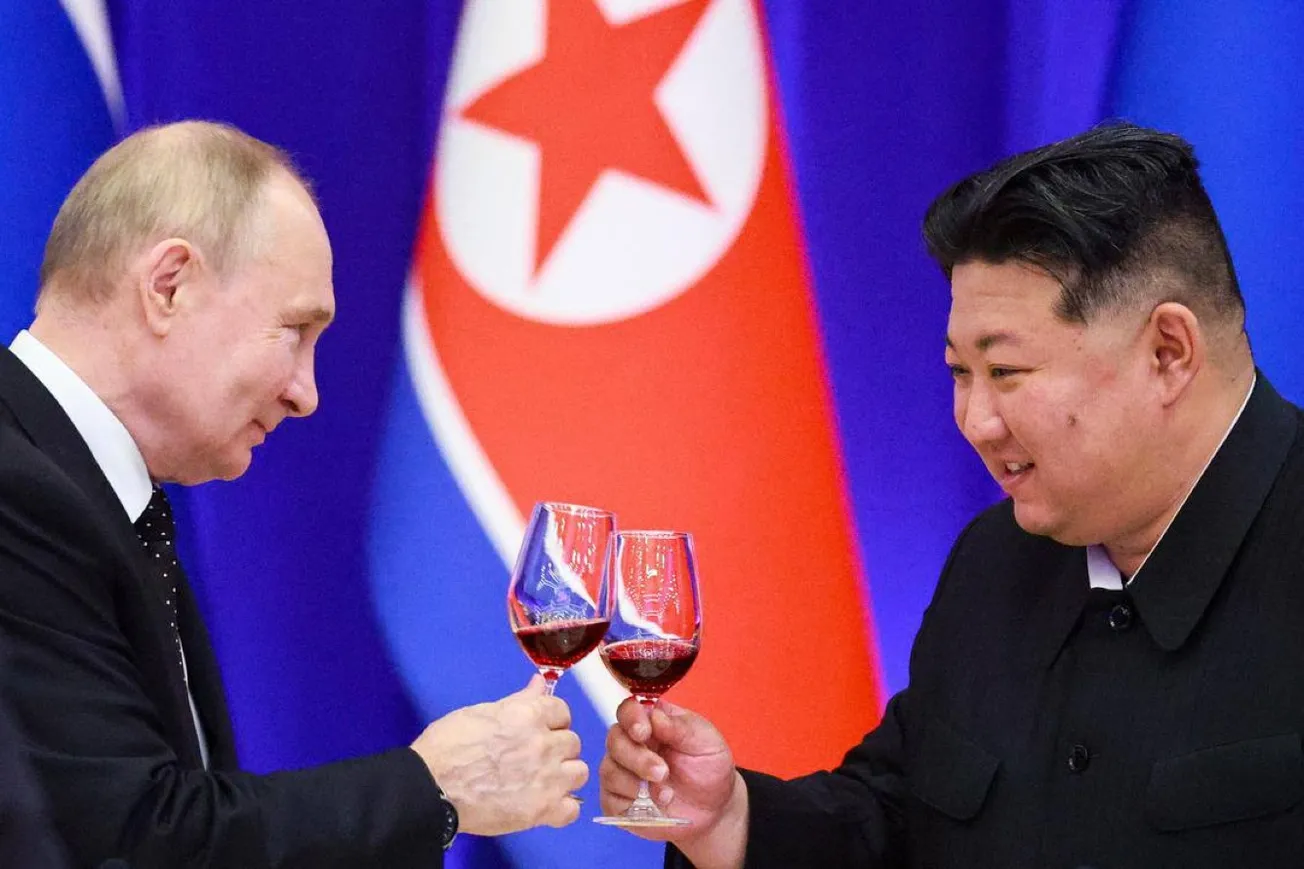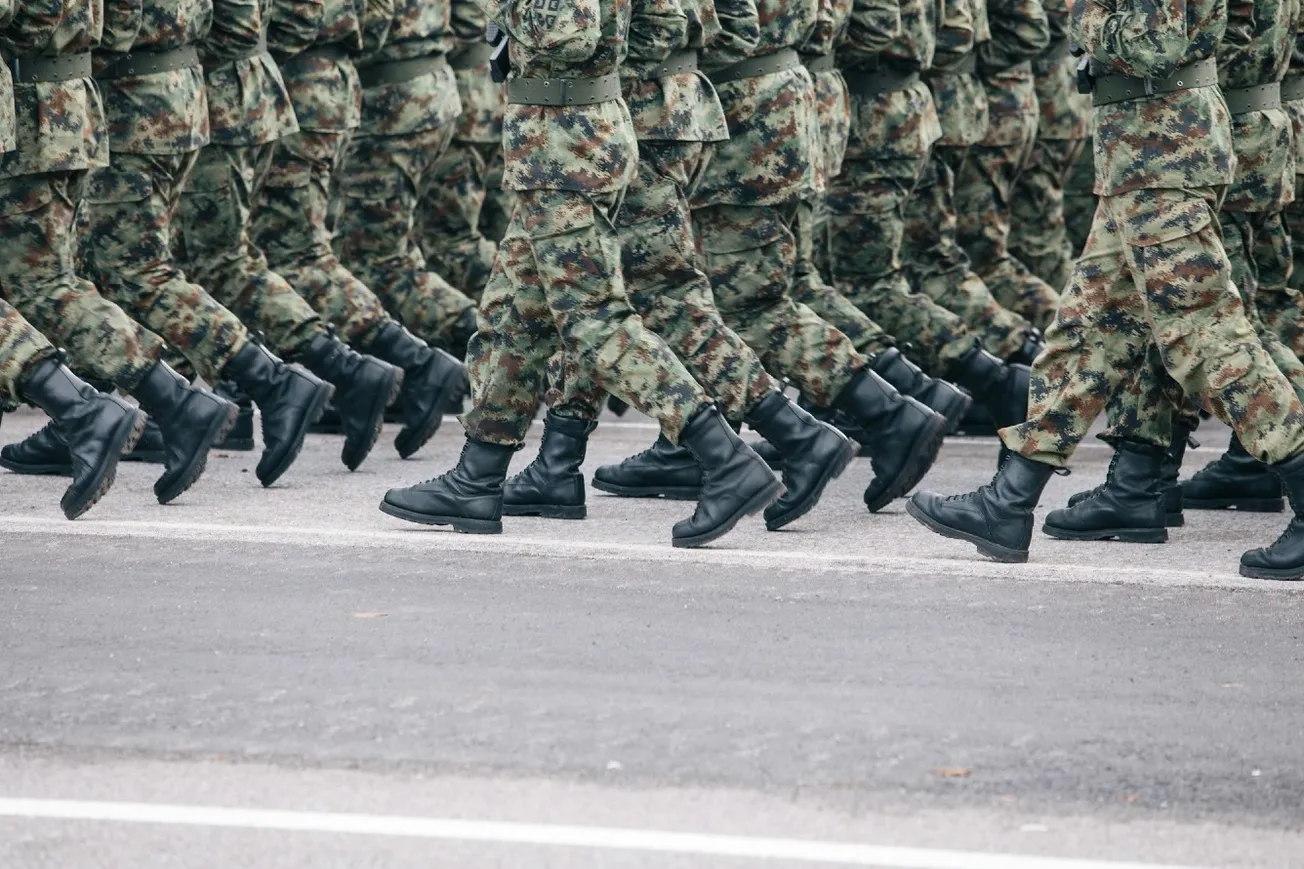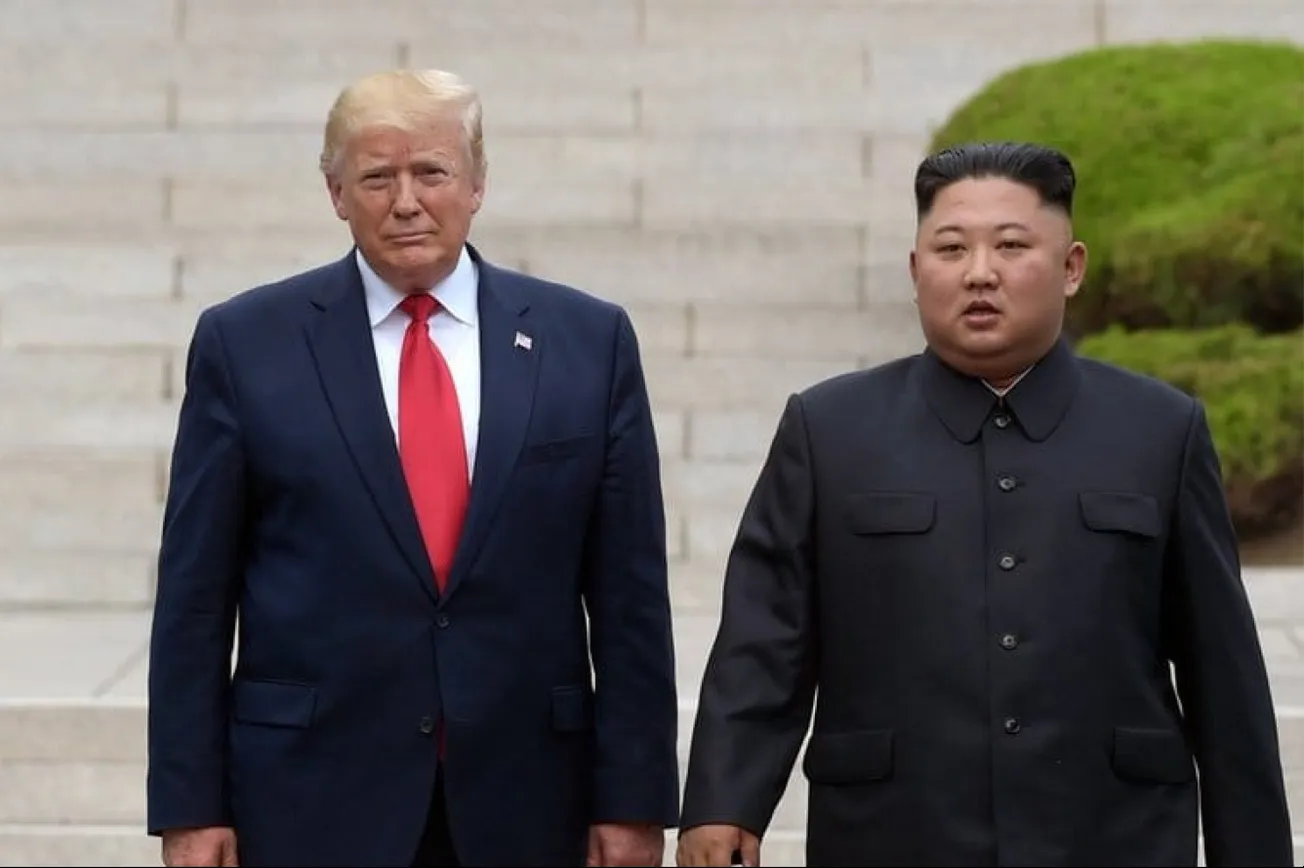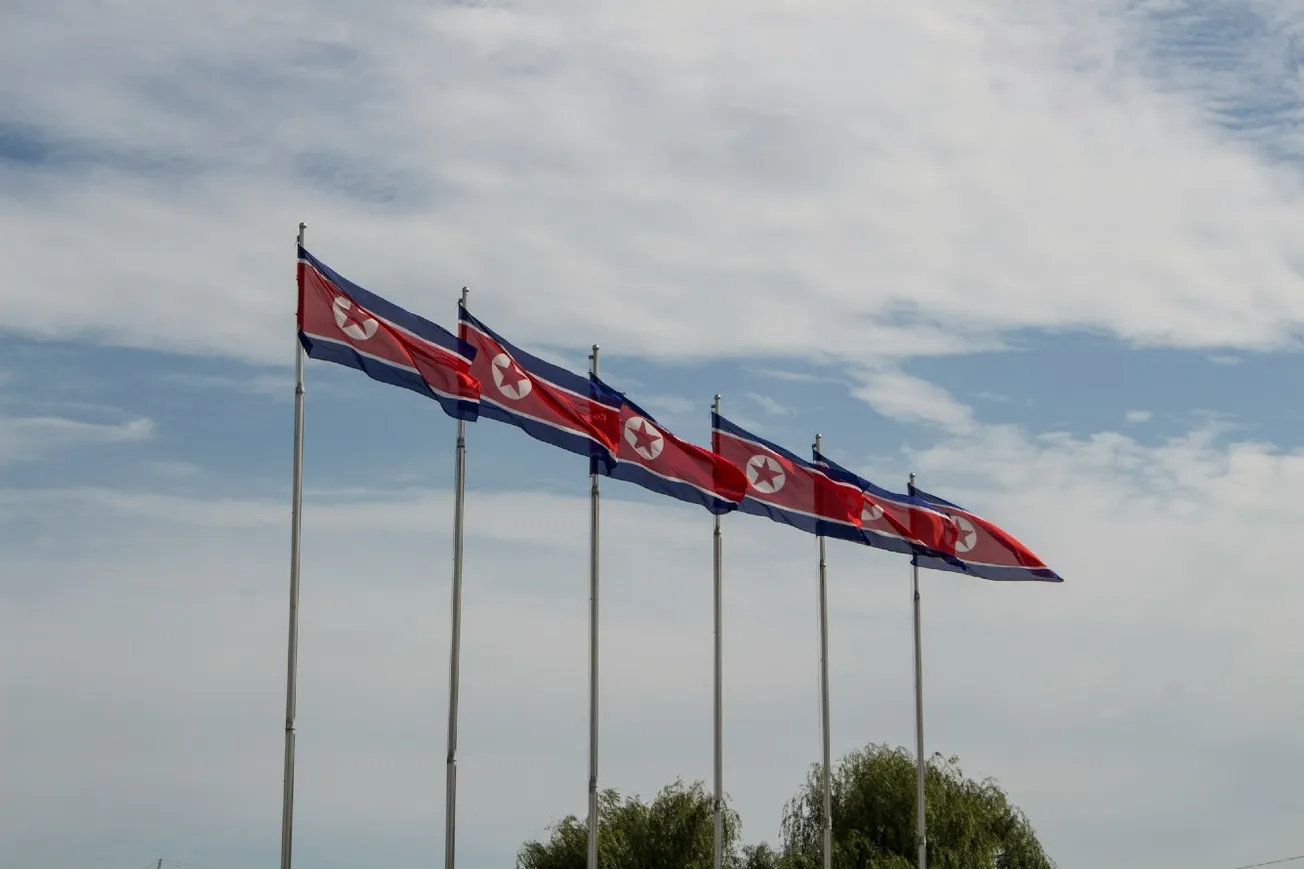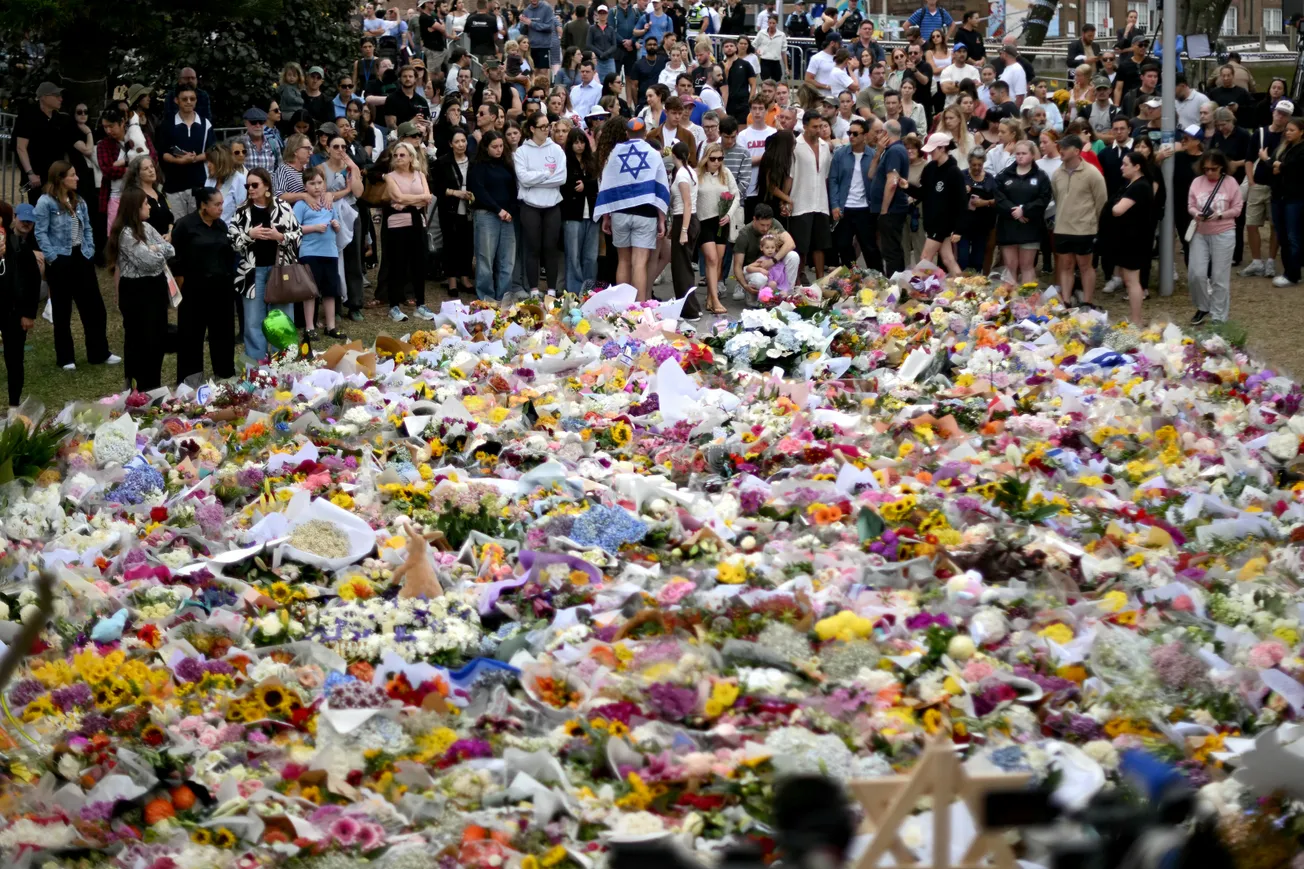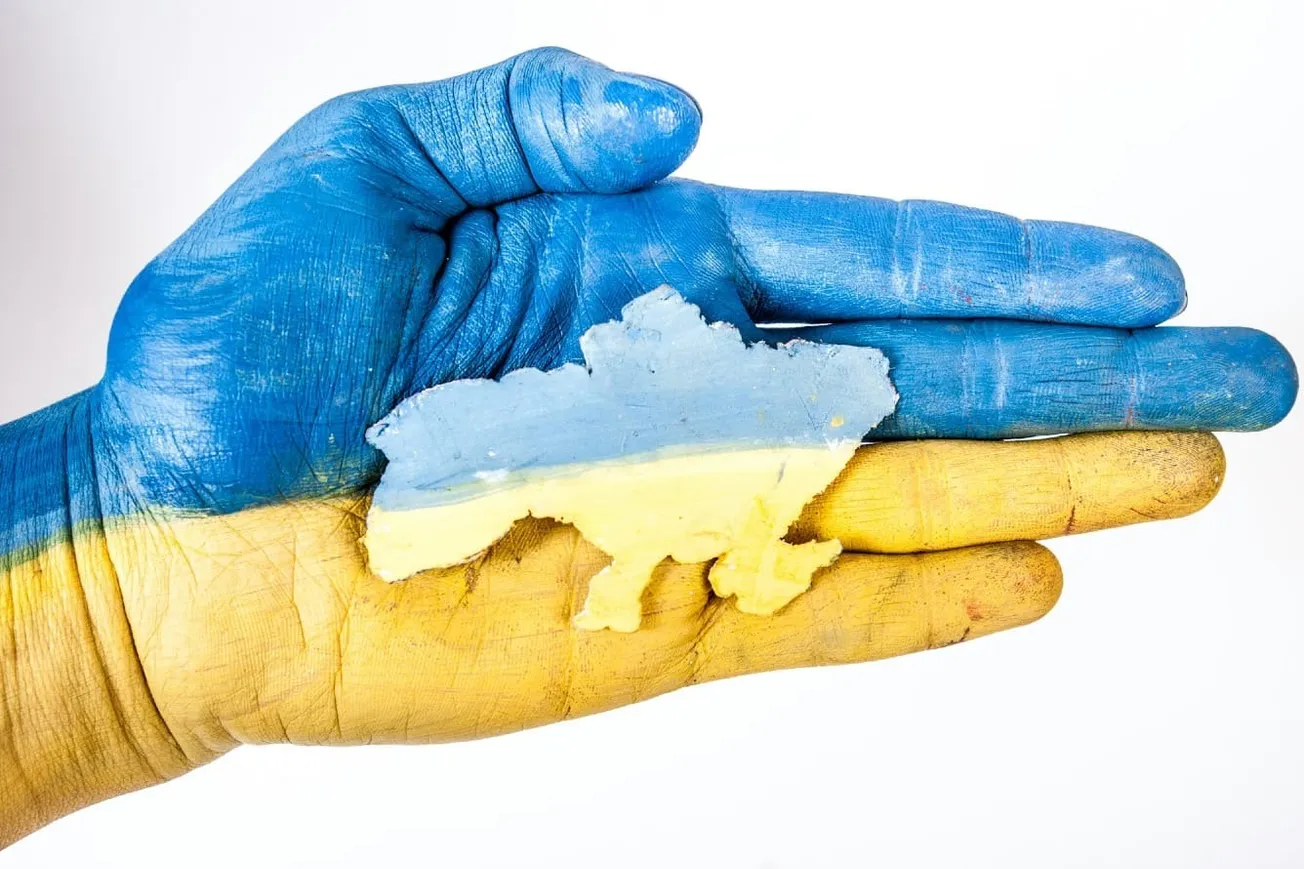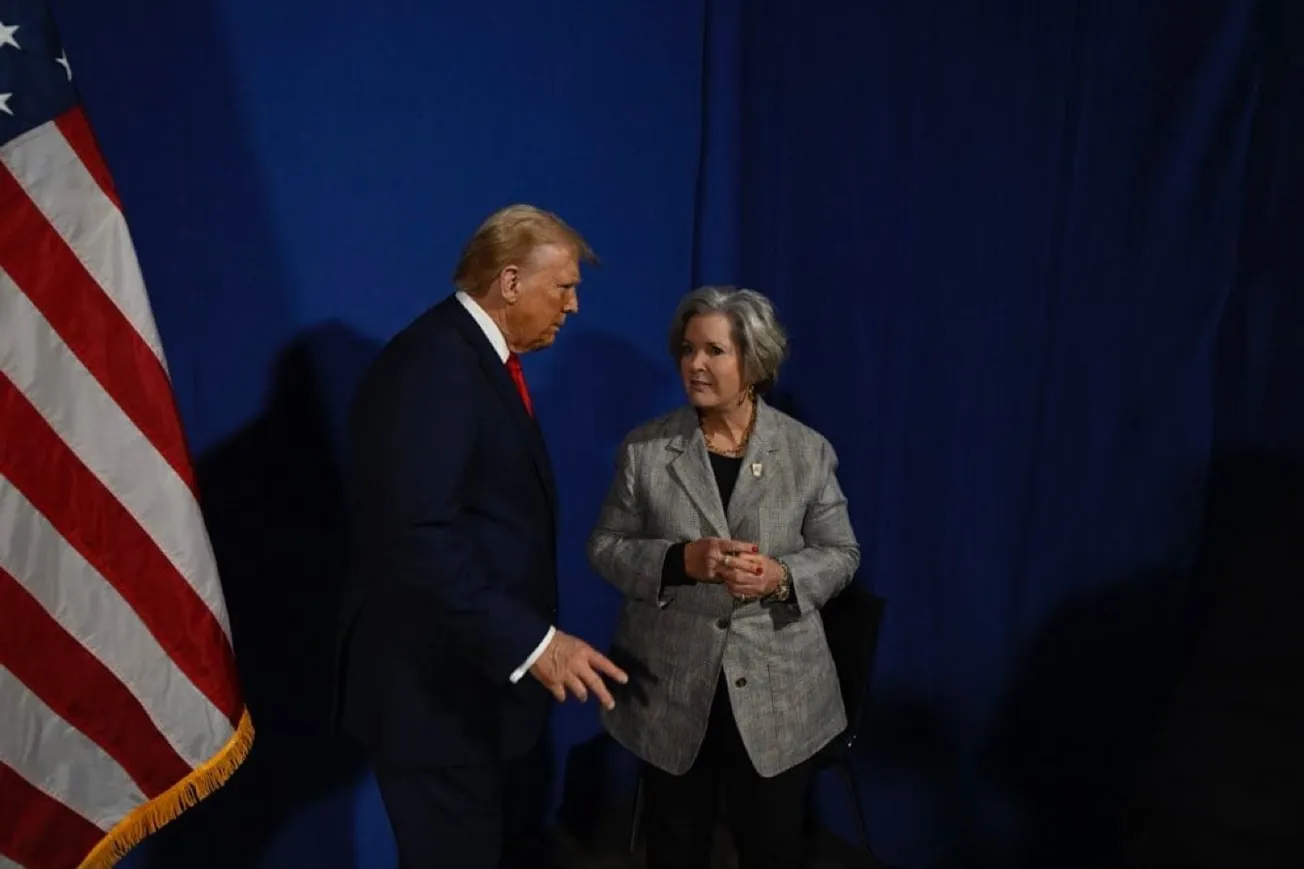North Korea launched what might be a new model intercontinental ballistic missile (ICBM) toward Japan’s northern island of Hokkaido, prompting an evacuation warning for millions of residents.
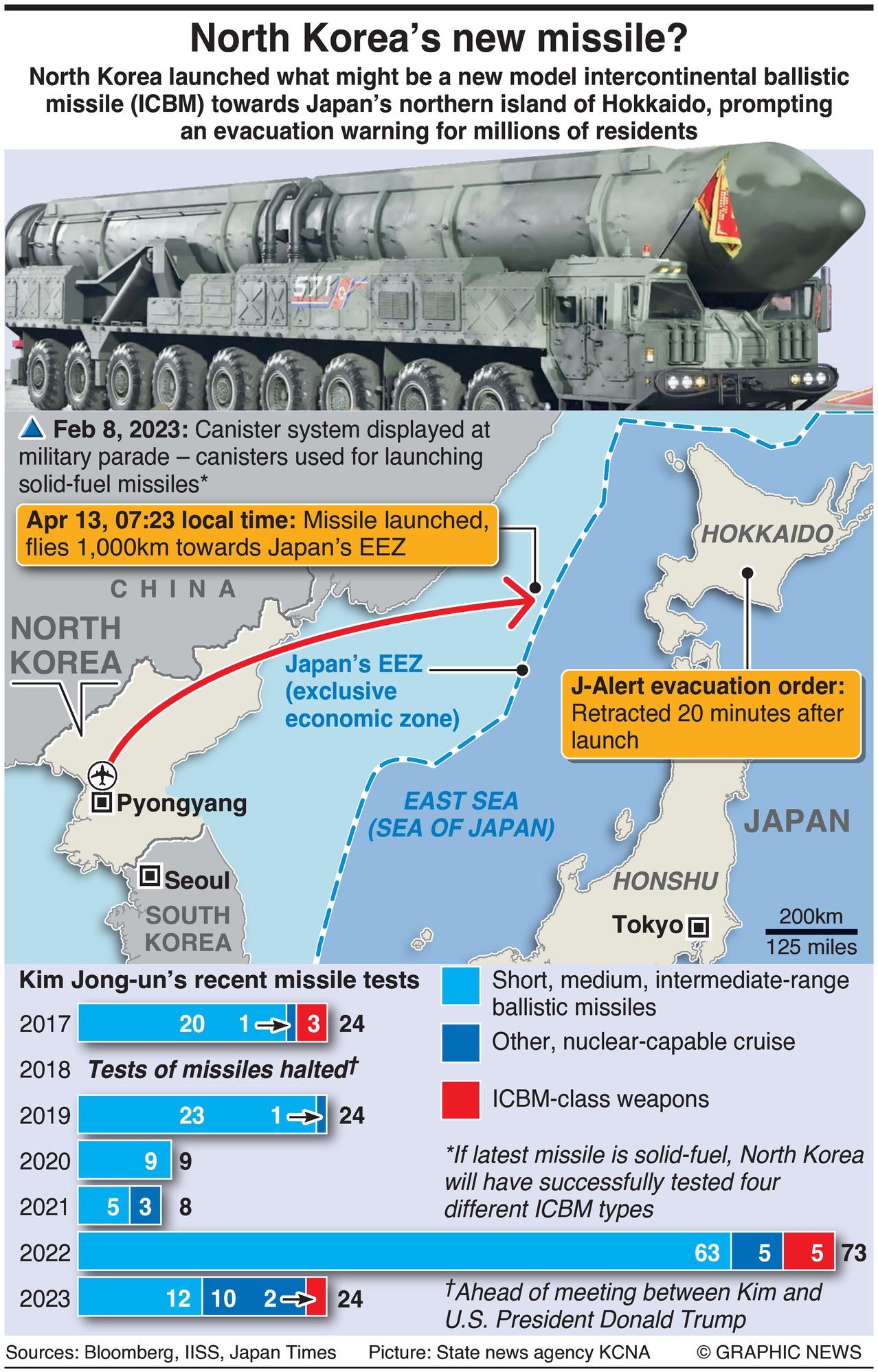
The launch of a possibly stealthy solid-fuel ICBM prompted Japan to issue a rare J-Alert for residents of Hokkaido.
Defence Minister Yasukazu Hamada said an ICBM-class weapon appeared to have been fired eastward at a high angle. Still, he added that the ministry had not confirmed whether it had fallen into Japan’s exclusive economic zone (EEZ), which extends 370 kilometers (200 nautical miles) from its coast.
“This launch is a brazen violation of multiple UN Security Council resolutions and needlessly raises tensions and risks destabilizing the security situation in the region,” U.S. National Security Council Spokesperson Adrienne Watson said in a statement.
In February, North Korea used a military parade celebrating the 75th founding anniversary of North Korea’s army to unveil an apparent new solid-fueled ICBM that would allow more stealthy launches.
If this latest missile test is solid-fuelled, Pyongyang will have conducted successful flight tests of 10 ICBMs and four different ICBM types since 2017.
The first was a Hwasong-14 two-stage liquid-fuelled ICBM to mark the U.S. holiday of July 4. A Hwasong-15 liquid-fuelled ICBM followed in November 2017, and a Hwasong-17 in March 2022.
Hwasong-14, -15, and -17s require fuelling on the launch pad in a process that can take hours and requires specialist equipment.
Solid-fuel missiles have a crucial advantage over liquid-fuel missiles in being fuelled at the point of manufacture. They allow operators to maintain a high state of readiness and the potential to launch within minutes.

